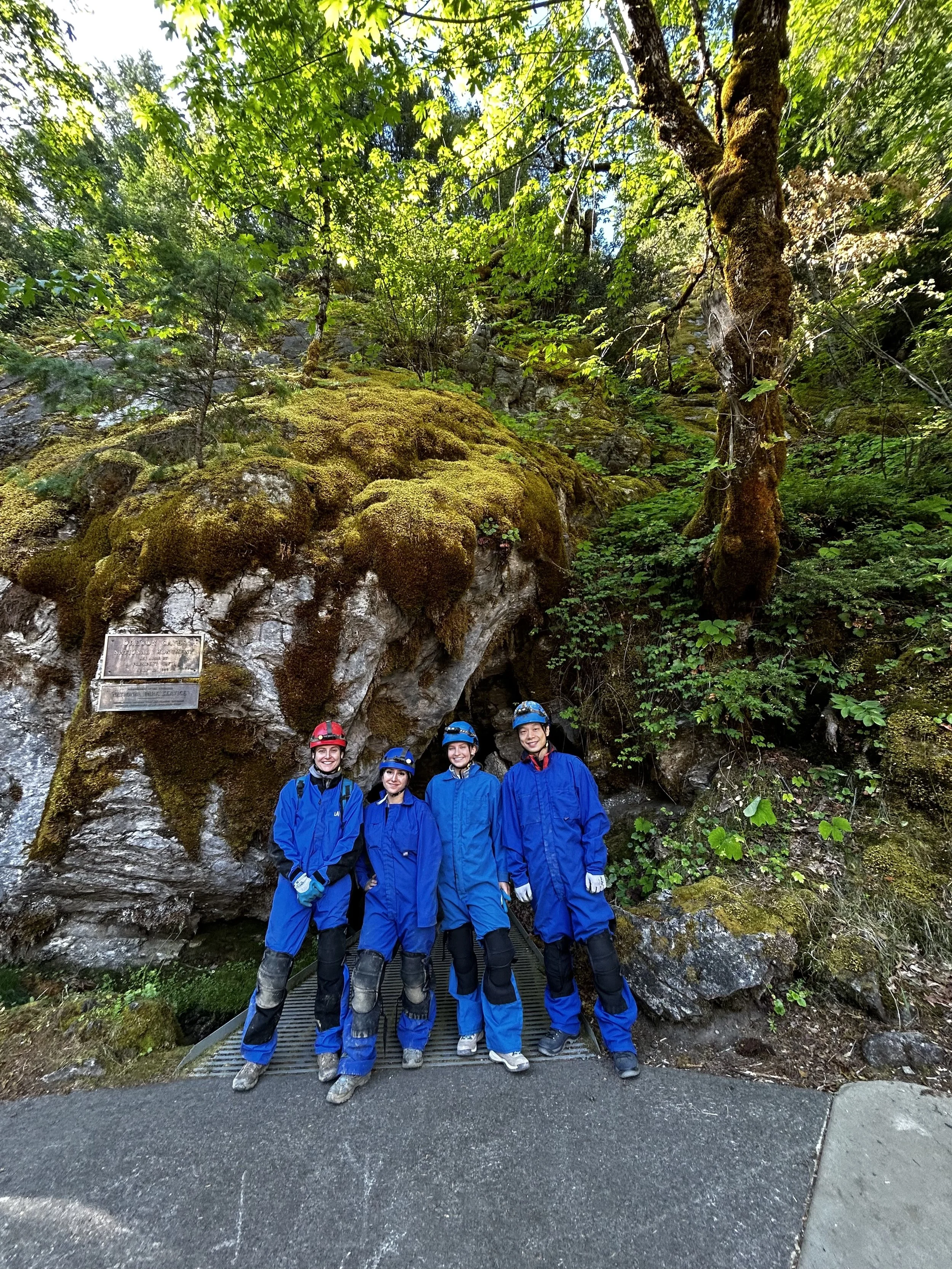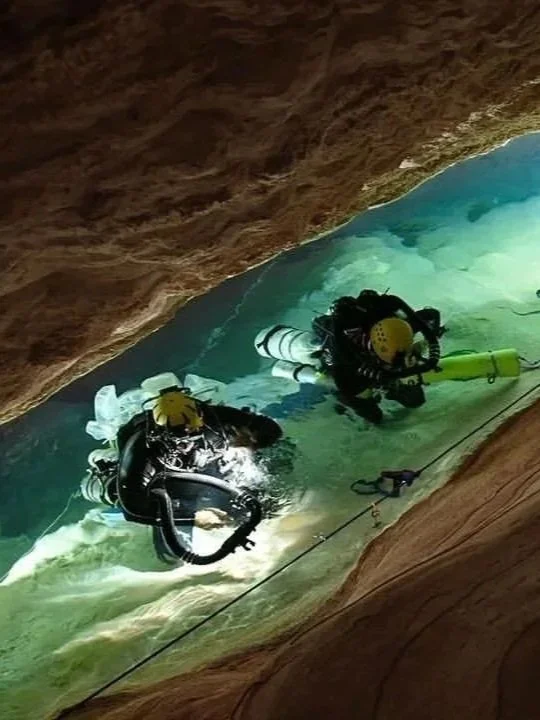
Current Projects
-

Hydroclimate variability in the Pacific Northwest, USA and Canada
Cave formations preserved in the Siskiyou Mountains (USA) and Vancouver Island (Canada) provide clues about past hydroclimate changes. This ongoing project aims to provide semi-quantitative temperature and precipitation records of past warm periods to better understand how warmer global conditions may have impacted rainfall in the Pacific Northwest.
-

Hydroclimate variability in West Africa
New project in collaboration with Durham University. Science details coming soon. For a behind the scenes look at the 2024 field campaign, see this NatGeo short: https://www.youtube.com/shorts/Wwu9S0bKPBU
-

Past temperature and permafrost extent in the Canadian Arctic
New project in collaboration with MIT. Science details coming soon.

Past Projects
-

Hydroclimate variability in the Great Basin, USA
Devils Hole cave is located in the Amargosa Desert of southwest Nevada. The walls of the cave are coated with a thick calcite crusts that have precipitated sub-aqueously for nearly 1 million years. Using these deposits, we are reconstructing local hydroclimate variations over the last six glacial-interglacial cycles. Doing so allows us to better understand how this region’s hydroclimate responded to different climate forcings in the past, which sheds light on how it may respond to future climate change.
Select publications:
Wendt et al. (2025). Controls on the southwest USA hydroclimate over the last six glacial-interglacial cycles. Nature Communications. LinkWendt et al. (2018) Moisture availability in the SW United States over the last three glacial-interglacial cycles. Science Advances. Link
Moseley et al. (2016): Reconciliation of the Devils Hole climate record with orbital forcing. Science. Link
-

Past periods of abrupt CO2 rise
This project focuses on periods during the last glacial period when atmospheric CO2 concentrations increased abruptly. To do this, I measure ancient atmosphere frozen as tiny bubbles in West Antarctic Ice Sheet (WAIS) Divide ice core. Our study investigated these abrupt rises at up to decadal resolution in order to better understand how in Earth's carbon cycle has rapidly changed in the past.
Select publications:
Wendt et al. (2024) Southern Ocean drives multidecadal atmospheric CO2 rise during Heinrich Stadials. Proceedings of the National Academy of Sciences. Link. -

Past pluvial periods in NE Brazil
Beneath the parched deserts of NE Brazil is a vast network of caves. Within these caves are stalagmites that grew in the past when this region received much more rainfall than today. For this project, we studied a series of these anomalous wet periods that occurred during the last glacial period. To do so, I used high precision U-Th dating and confocal microscopy band counting to pinpoint the timing and rate of past rainfall changes.
Select Publications:
Wendt, K.A. et al. (2019) Three-Phased Heinrich Stadial 4 recorded in NE Brazil Stalagmites. Earth and Planetary Science Letters. Link